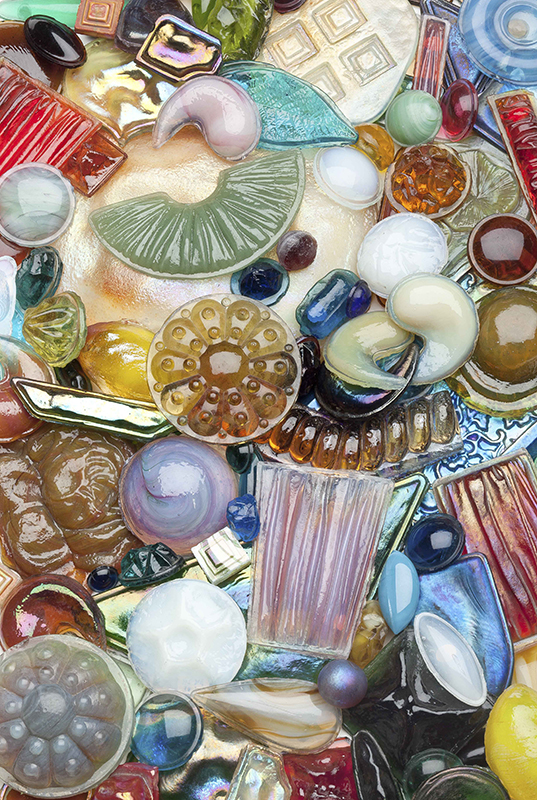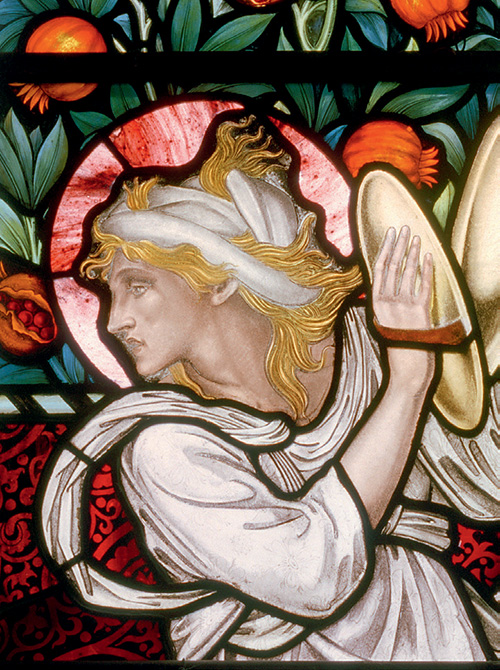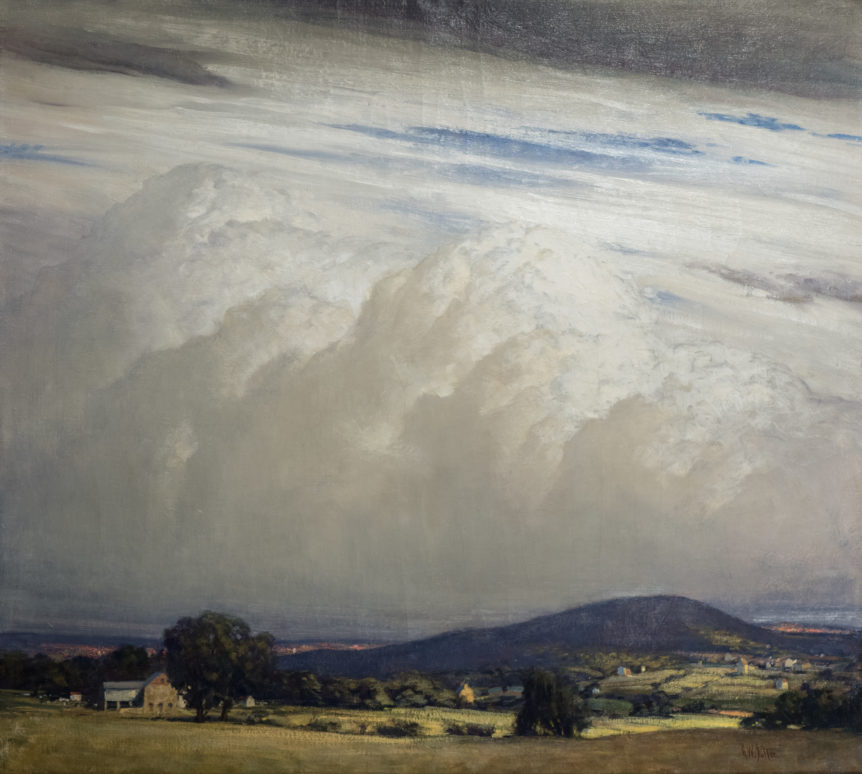Chicago was very good to Louis Comfort Tiffany and the artist-designers who passed through his studio
On books: Damozels & Deities
A new monograph on Pre-Raphaelite stained glass, plus notable museum catalogues from the past year.
A painter of big skies at the Michener
Pennsylvania impressionist George Sotter (1879–1953) excelled as a stained-glass artist before he turned his talents to landscape painting, and his facility with that first medium perhaps gave him a special understanding of the effects of light and color.
Tiffany in Chicago
Dragonfly lamp by Tiffany Studios, shade designed by Clara Driscoll (1861–1944), c. 1902–1906. Blown glass, patinated bronze. Richard H. Driehaus Museum, Chicago; photograph by John Faier. The distinguished Chicago philanthropist Richard H. Driehaus has pursued Louis Comfort Tiffany’s “quest of beauty” since the early 1980s, when he bought his first stained-glass window attributed to the master artist. Over the next …
Louis C. Tiffany’s landscapes of devotion
from The Magazine ANTIQUES, November/December 2012 | Today Louis Comfort Tiffany is widely recognized as America’s leading designer of the decades around 1900, but during his lifetime he was best known primarily as a designer of religious art, particularly memorial windows. They were installed by the thousands-mostly in Protestant churches and cemetery mausoleums-and formed the bulk of his business over four decades. …
Great Estates: The Richard H. Driehaus Museum in Chicago
In our current May issue “The Scene” takes readers to the antiques shops and vintage dealers of Chicago where mid-century design and the Prairie School reign. Although the city is known for its progressive architecture, it is refreshing to find there a historic house that fully embraces its Gilded Age opulence, and the Richard H. Driehaus Museum does just that. …
Maher’s Moment: A Prairie School master emerges
George Washington Maher is having his moment in the sun
Tiffany window in Pittsfield church illuminates White House commission
On the Tiffany Allen Memorial Window
Red, white, and Tiffany blue
Generations and regenerations of White House decor



